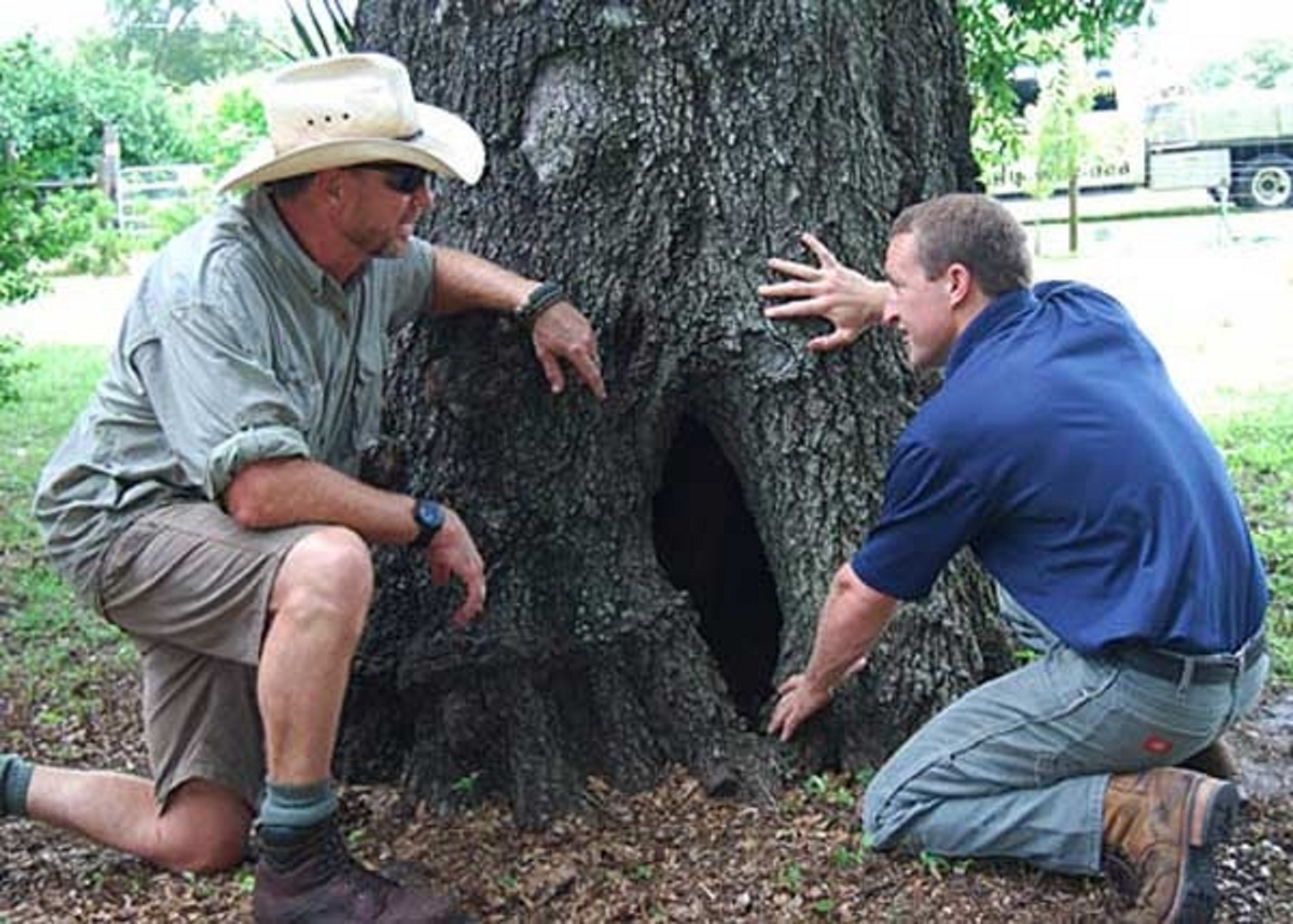The Main Principles Of The Role of Trees in Improving Air Quality and Reducing Pollution

Winter Tree Care: Shielding Your Trees from Cold Weather Damage
As winter season technique, it is important to take the required steps to defend your plants coming from potential harm resulted in by cool weather. Freezing temperatures, hefty snowfall, and strong winds may all posture substantial dangers to the wellness and stability of your plants. Through carrying out effective winter tree care methods, you can ensure that your plants remain healthy and thriving throughout the cool period.

1. Mulching
Using a level of compost around the base of your trees can provide protection and secure their origins from extreme temperature level variations. Mulch assists to keep wetness in the dirt and protects against it coming from freezing, which can be hazardous to tree roots. Also, mulching aids subdue weed development and lowers competition for nutrients.
When using compost, produce sure not to stack it up versus the torso of the tree. This can easily make a type ground for insect and illness. Rather, spread out a level of mulch in a donut shape around the bottom of the tree, leaving behind several inches of space between the trunk and the mulch.
2. Watering
Numerous individuals erroneously feel that plants do not need sprinkling throughout winter season when in fact suitable hydration is crucial for their survival in the course of this time. Insufficient humidity in icy ground may lead to originate desiccation or damages.
Irrigate your trees carefully before the ground ices up or when there has been an lengthy period without rainfall. Target for deep watering sessions that make it possible for dampness to permeate under the area where a lot of origin bodies are located.
3. Pruning
Pruning plays a essential duty in sustaining well-balanced trees year-round, featuring in the course of winter season months. Take out any lifeless or compromised divisions as they have an increased risk of dropping under massive snowfall or ice collection.
Avoid pruning also near to wintertime as clean cuts are even more susceptible to illness and pest infestation in the course of this opportunity of lessened growth task. Late autumn or very early spring is commonly thought about optimal opportunities for trimming, relying on the style of plant.
4. Tree Wrapping
Younger or thin-barked plants are particularly vulnerable to sunscald and freeze splits during wintertime. To guard them from these problems, wrap their trunks with a office tree wrap or cloth.
Start at the base of the plant and function your means up, overlapping each level by about 50%. stump grinder until merely over the most reasonable divisions and secure the wrap with tape or twine. Keep in mind to remove the wrapping in very early spring season to avoid dampness build-up and potential bug concerns.
5. Avoiding Snow and Ice Damage
Hefty snow and ice build-up can easily placed excessive weight on plant branches, inducing them to damage or pop. To reduce this threat, delicately comb off built up snowfall using a sweeper or your palm if it is secure to perform therefore.
Avoid making use of forceful techniques that might trigger additional harm to the divisions. If there is significant ice buildup on your trees, it is finest to leave it alone as attempts to get rid of it may lead in further harm.
6. Security from Wildlife
During the course of winter season months when food sources are sparse, some creatures might turn to biting on tree bark for sustenance. This can easily lead to significant damage and deteriorate trees over time.
To hinder wildlife from damaging your trees, think about setting up cord mesh obstacles around their boots. These obstacles must stretch at least three feet over ground amount and be buried a number of inches below ground to stop animals coming from digging under them.
In verdict, carrying out correct winter season tree care strategies is essential for protecting your trees from cool weather damages. By mulching, watering appropriately, pruning when needed, wrapping prone boots, avoiding snow and ice harm, and hindering creatures feeding routines, you can easily guarantee that your trees remain healthy throughout the wintertime period. Don't forget that each plant species has one-of-a-kind demands; as a result, it is recommended to consult a specialist arborist for specific assistance located on your plants' needs.
